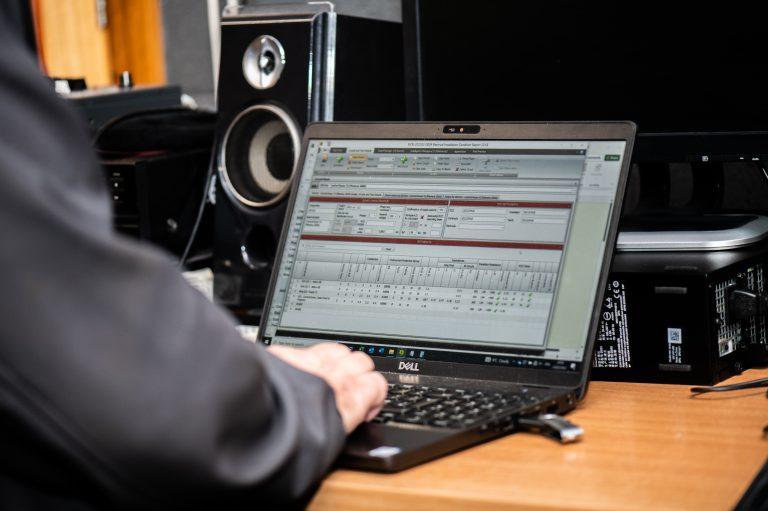Portable Appliance Testing (PAT) – three words that every Facilities Manager will be very familiar with. But what is your legal responsibility?
The Electricity at Work Regulations 1989 is the legislation which places legal implications on employers to ensure the safe use of electricity in the workplace. The regulations dictate that all portable equipment must be kept in a condition which is safe for use. The regulations:
“As may be necessary to prevent danger, all systems shall be maintained so as to prevent, so far as is reasonably practicable, such danger (Regulation 4(2)). ‘System’ means an electrical system in which all the electrical equipment is, or may be, electrically connected to a common source of electrical energy and includes such source and such equipment (Regulation 2(1)). Electrical equipment includes anything used, intended to be used or installed for use, to generate, provide, transmit, transform, rectify, convert, conduct, distribute, control, store, measure or use electrical energy (Regulation 2(1)).”
This combined with the Health and Safety at Work etc. Act 1974 and the Provision and Use of Work Equipment Regulations 1998 makes clear that the regulations apply to all electrical equipment used in, or associated with, places of work. The scope covers everything from distribution systems, be they 400 kV to pieces of electrical equipment like a hairdryer!
Who is responsible?
The Code of Practice for In-Service Inspection and Testing of Electrical Equipment states that everyone in work has their responsibilities including, in certain circumstances, trainees. However, this does not reduce the duties of particular persons. Regulation 3 of the Electricity at Work Regulations recognises a responsibility (control) that employers and many employees have for electrical systems.
The Provision and Use of Work Equipment Regulations 1998 says they require every employer to ensure equipment is maintained in good order (Reg 5) and inspected as necessary to ensure it is maintained in a safe condition (Reg 6).
Do I PAT Test New Equipment?
New equipment is normally supplied in a safe condition and therefore should not require a formal portable appliance inspection or test. However, a visual check is recommended to ensure the item is not damaged or dangerous.
But why do we spend time and energy on electrical testing?
The numbers:
- 350,000 serious injuries every year are caused by electrical accidents
- 1,000 accidents in workplaces every year involve electric shock or burns (reported to the Health & Safety Executive)
- 30 (on average) are fatal
- 4,000 accidental fires in commercial, business and public (non-residential) buildings in 2011/12 were caused by faulty appliances and leads
- 80% of faulty electrical products are never returned
Intersafe specialise in Fixed Wire Testing, Portable Appliance Testing and Thermal Imaging, if you have any questions or simply would like to book a free of charge site survey, email sales@intersafe.co.uk




